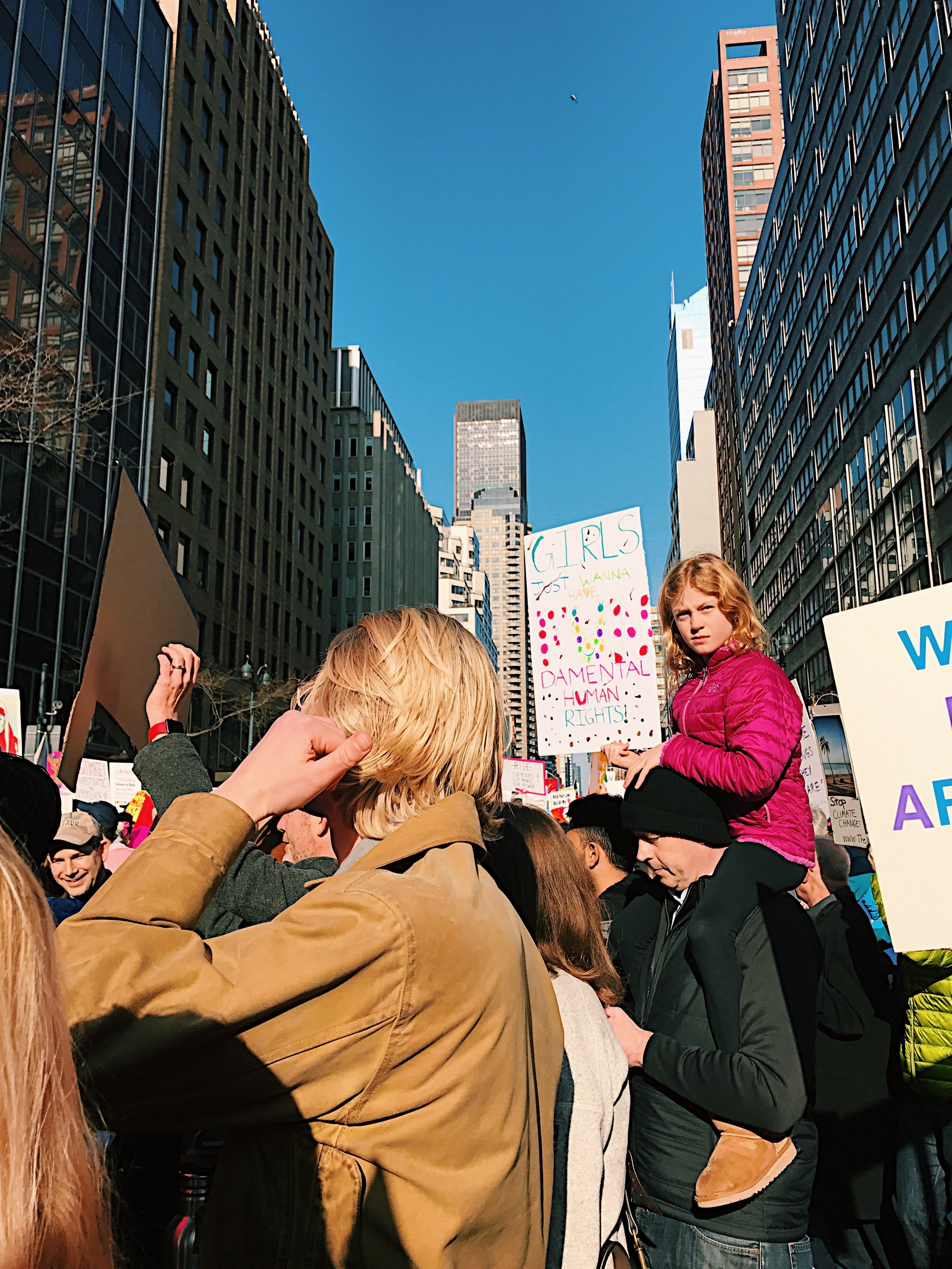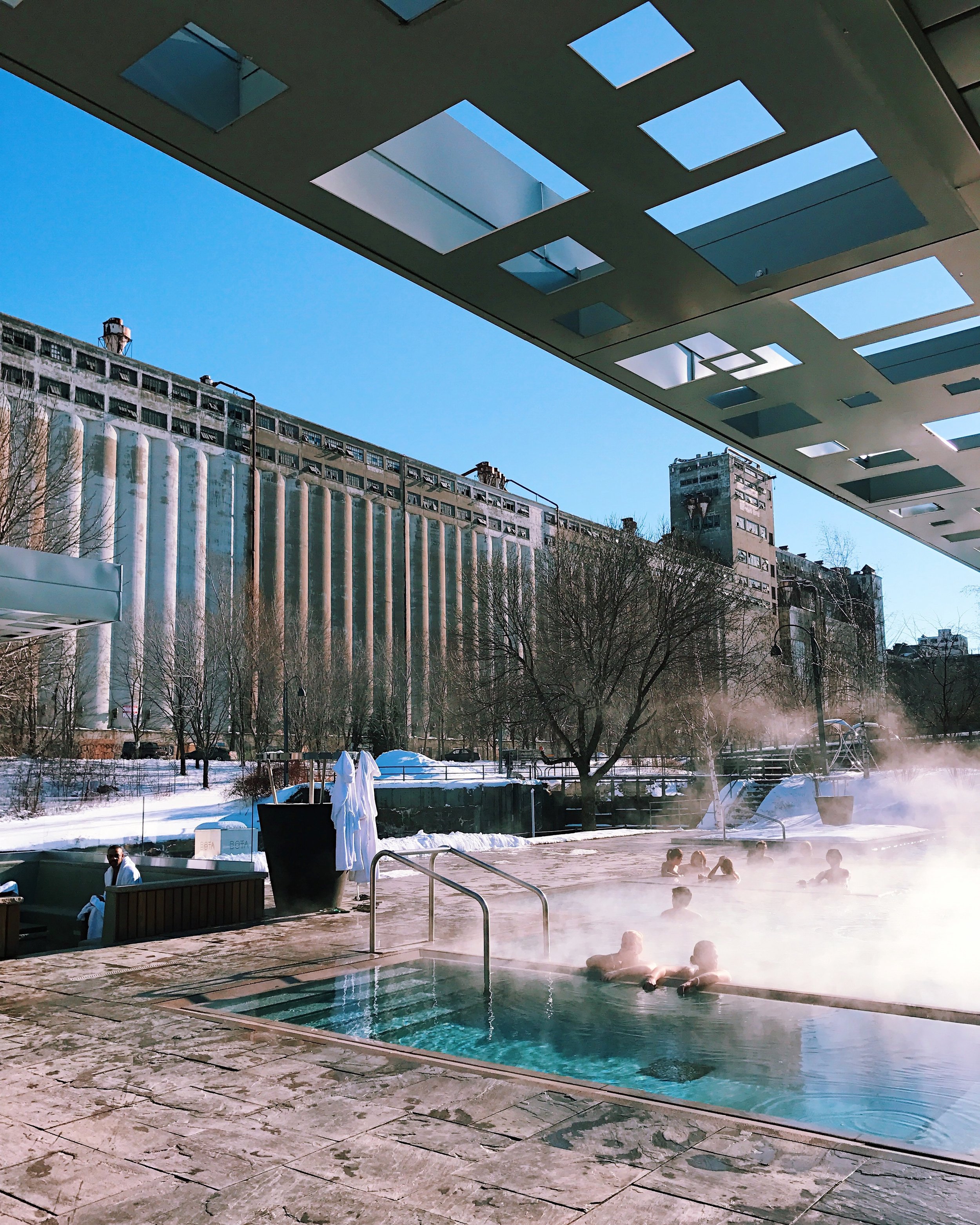Note: I was originally asked this question by someone on Quora, a Q&A website.
I came to NYC seven years ago and never left. But I moved here from the South, which is a very different part of the United States—so, believe me, I was shocked 100x over. Here are some of the basics that threw me for a loop.
1. You don't ever hang out in Times Square. You see it in movies, pictures, and read about this iconic neighborhood in books. But in reality, unless you work there or frequent Broadway once a week, you will not spend anytime in this (very crowded) area. I don't know why, but I just assumed Times Square was the social hub of NYC. Wrong. When you're visiting, go downtown!
2. There's a reason no one smiles on the subway. I used to think, "These people look miserable. Why don't they ever smile?" It took me about 2 months to get the vibe. In the South, we greet everyone. You wave at neighbors when you drive by, or make conversation at the grocery store. But here? There's just too much. Too many signs, messages, noises—if you interact with every person you come across, you become overwhelmed. Mentally exhausted. This isn't an excuse to be rude, but it explains the blank stares and headphones on the subway. Everyone just needs a minute to themselves.
3. Bodega is not a word in Virginia. I never heard it until I moved here. Now, it is a life source.
4. Mom and pop shops/restaurants still reign supreme. This may be true for many cities, but if you're a child of the suburbs? This is news to you! When I go home now, I get panicky when we roll into Applebee's. That said, occasionally your errands can take forever in the city. To the Polish bakery, to the laundromat, to the organic juice guy, to Urban Outfitters, to the hardware store. There are not very many malls or "one stop shops."
5. Some buildings need a revamp. The grittiness of the city has never bothered me. I suppose I just expected it. But I'm always shocked at how outdated Port Authority and Penn Station are—WTF? 1970s NYC is alive and well!
6. There are many homeless and mentally ill people sleeping on the streets. Old men, families, and a slew of teens. It's totally heartbreaking and becomes such a common sight that you forget it's actually a huge problem.
7. This city moves fast. Everyone is going somewhere, everyone is fighting to be here, and everyone is walking 100 miles an hour, especially during the commute. I also walk an average of 5 miles a day—so if you're visiting, be prepared. Bring good walking shoes! (I’ve worn these tennis shoes, these nice boots, and these rain boots for years.)
8. You still need green space. This one surprised me, but my love for nature has actually increased while living in the city. Take an afternoon to go to Central Park or Prospect Park. Enjoy a booze cruise on the water. And, most importantly, you need to leave the city at least once a month. You'll come back refreshed, and in better shape to take over the world. Promise.
Have a question about living in or visiting NYC? Leave your thoughts in the comments section!
















































